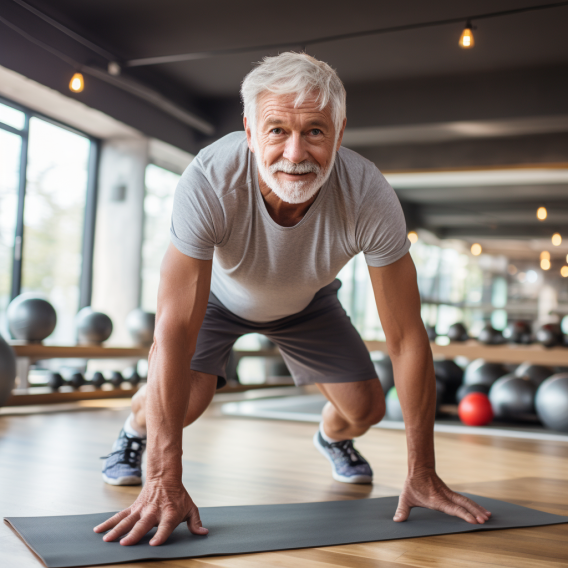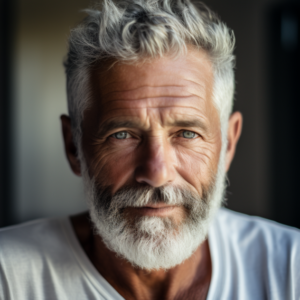Staying active and healthy is essential at every stage of life, and as we age, maintaining fitness becomes increasingly important. In this comprehensive guide, we will explore the latest fitness trends and exercise options designed specifically for older adults, helping you embrace a healthy and active lifestyle in your golden years.
Aging gracefully includes staying fit and active. This guide is designed to help seniors find enjoyable and effective fitness options to maintain their health and well-being.
The Importance of Senior Fitness
- Understanding the importance of fitness for older adults.
- The role of exercise in maintaining physical and mental health.
- Benefits such as improved mobility, cardiovascular health, and reduced risk of chronic diseases.
Customized Fitness Programs
Tailoring Workouts to Individual Needs
- The significance of personalized fitness programs.
- Assessing individual fitness levels and health conditions.
- Creating fitness plans that address specific goals and concerns.
Low-Impact Aerobics
- The benefits of low-impact aerobic exercises for seniors.
- Examples of low-impact workouts that boost cardiovascular health.
- Tips for incorporating low-impact aerobics into your routine.
Strength Training for Seniors
- Strength training’s role in maintaining muscle mass and bone density.
- Safe and effective strength training exercises for older adults.
- Incorporating resistance bands and free weights into workouts.
Mind-Body Exercises
Yoga for Flexibility and Balance
- Yoga’s impact on flexibility, balance, and mental well-being.
- Gentle yoga poses and routines suitable for seniors.
- Practicing mindfulness and relaxation through yoga.
Tai Chi: A Gentle Martial Art
- The ancient art of Tai Chi for balance, coordination, and relaxation.
- Tai Chi movements and their effects on the body.
- Finding Tai Chi classes and instructors for seniors.
Water-Based Fitness
Aquatic Exercise Benefits
- The advantages of water-based fitness for older adults.
- Reducing impact on joints and muscles in the water.
- Water resistance and its contribution to strength training.
Swimming and Water Aerobics
- Swimming as a full-body workout for seniors.
- Water aerobics classes and exercises in the pool.
- Safety measures and water exercise equipment.
Functional Fitness for Daily Life
Maintaining Mobility and Independence
- The importance of functional fitness for everyday tasks.
- Exercises that improve mobility, flexibility, and range of motion.
- Tips for staying independent as you age.
Balance and Fall Prevention
- Exercises that enhance balance and reduce the risk of falls.
- Fall prevention strategies and safety measures.
- Balance training exercises and their benefits.
Group Fitness and Social Connection
The Power of Group Workouts
- The social and motivational aspects of group fitness.
- How group workouts enhance overall well-being.
- Seniors’ fitness classes and programs.
Senior Sports and Recreational Activities
- Engaging in sports and recreational activities as a fun fitness option.
- Seniors’ sports like golf, tennis, and pickleball.
- Joining walking clubs and exploring hiking adventures.
Wearable Technology and Fitness Apps
Monitoring Health and Progress
- The use of wearable technology for tracking fitness and health metrics.
- Fitness apps and their role in senior fitness.
- Setting goals and monitoring progress through technology.
Virtual Fitness Communities
- Joining virtual fitness communities and support networks.
- Participating in online workout classes and wellness programs.
- Staying connected and motivated through technology.
Nutrition for Senior Fitness
Fueling Your Workouts
- The role of nutrition in supporting your fitness goals.
- Choosing nutrient-dense foods for energy and recovery.
- Hydration and the importance of staying well-hydrated during exercise.
Hydration and Balanced Eating
- Strategies for staying adequately hydrated.
- Maintaining a balanced and



